The Autopian writes tens of thousands of words each week about the cars, motorcycles, planes, and RVs that you love. But you know what? Full-size vehicles are expensive to keep around, and sometimes completely out of reach. But you can build and own a model of your favorite car, and you might find it much more fun than you’d expect.
Today, our resident excellent graphics guy and editor, Peter, wrote about the legend of Shunsaku Tamiya and his incredible models from the company that bears his name. You responded with your own stories. DialMforMiata:
Thank you for this tribute to Shunsaku Tamiya, Peter. When I was about 12 years old in the early 80’s, my local hobby shop started getting these kits in that were… different. The boxes were a weird flat shape. The cars were cars we didn’t see. Audi Quattro? What’s that? Whoa, that’s a Countach! Awesome! They cost a much bigger chunk of my allowance than the AMT and Monogram kits, but I was intrigued.
When you opened those boxes, it only got better. Crisp molds. Parts that fit. When you finished your builds, even as a dumb kid building at the dining-room table, they looked like the cars they were supposed to represent. And finding out more about those weird foreign cars helped kickstart an enthusiasm that has lasted a lifetime.
When I got into my 30s I took the hobby back up with the seriousness that only an obsessively detail-oriented auto enthusiast with a lot of time on his hands could bring to the party. I rediscovered the joys of Tamiya kits, and the 90s were peak Tamiya. The 300ZX Z32. The Fiat 695 Abarth. The Alfa GTV. All of them light years beyond what other manufacturers were doing.And when the basics are sorted, you can take time to get that perfect paint job and add wires, hoses etc. to the engine bay.
These days, I’m a decent modeller. I’ve got more plaques and trophies than I care to display and have written a couple of articles for Model Cars Magazine about my builds. When you get good at something, you want to come up with ways to stretch your talents. This is when I discovered large scale models. Tamiya was a pioneer in making 1/12 kits that didn’t feel like toys and took advantage of the detail available in the larger scale. The Porsche 934 kit, first tooled up in 1977, is based off of Mr. Tamiya’s own car that he had torn down to tool up the kit. It’s impossibly good and enormously challenging. In the 90s, Tamiya tooled up a 1/12 Caterham 7 BDR (at insane cost) just because Mr. Tamiya liked Caterhams. This kit, widely regarded as the best model kit ever produced, featured real brushed aluminum body panels and mostly went together with miniature bolts and screws.
And that’s what was wonderful about Shunsaku Tamiya and the company he founded. Every kit felt like a passion project. Compromise wasn’t something that entered the equation. Built out of the box, Tamiya kits reward the basic modeller and provide a great basis for the advanced modeler to create a masterpiece. Tamiya without Mr. Tamiya is like Ferrari without Enzo. Yes, it will continue, but it won’t have quite the same soul.
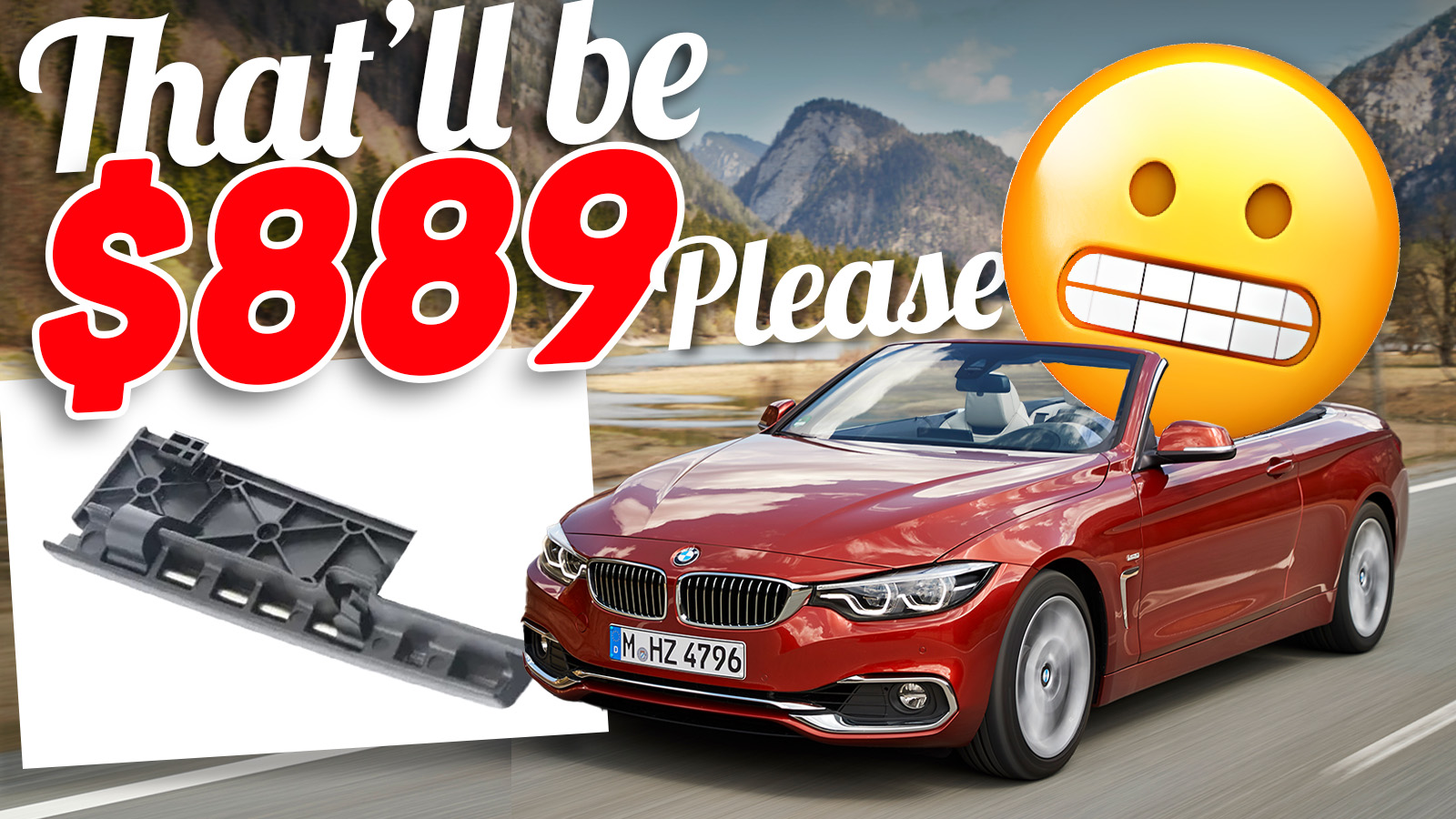
In other news, Lewin pondered the reasons BMW would charge $889 for a small plastic flap. BunkyTheMelon got me with this answer:
BMW: “Because fuck you, that’s why.”
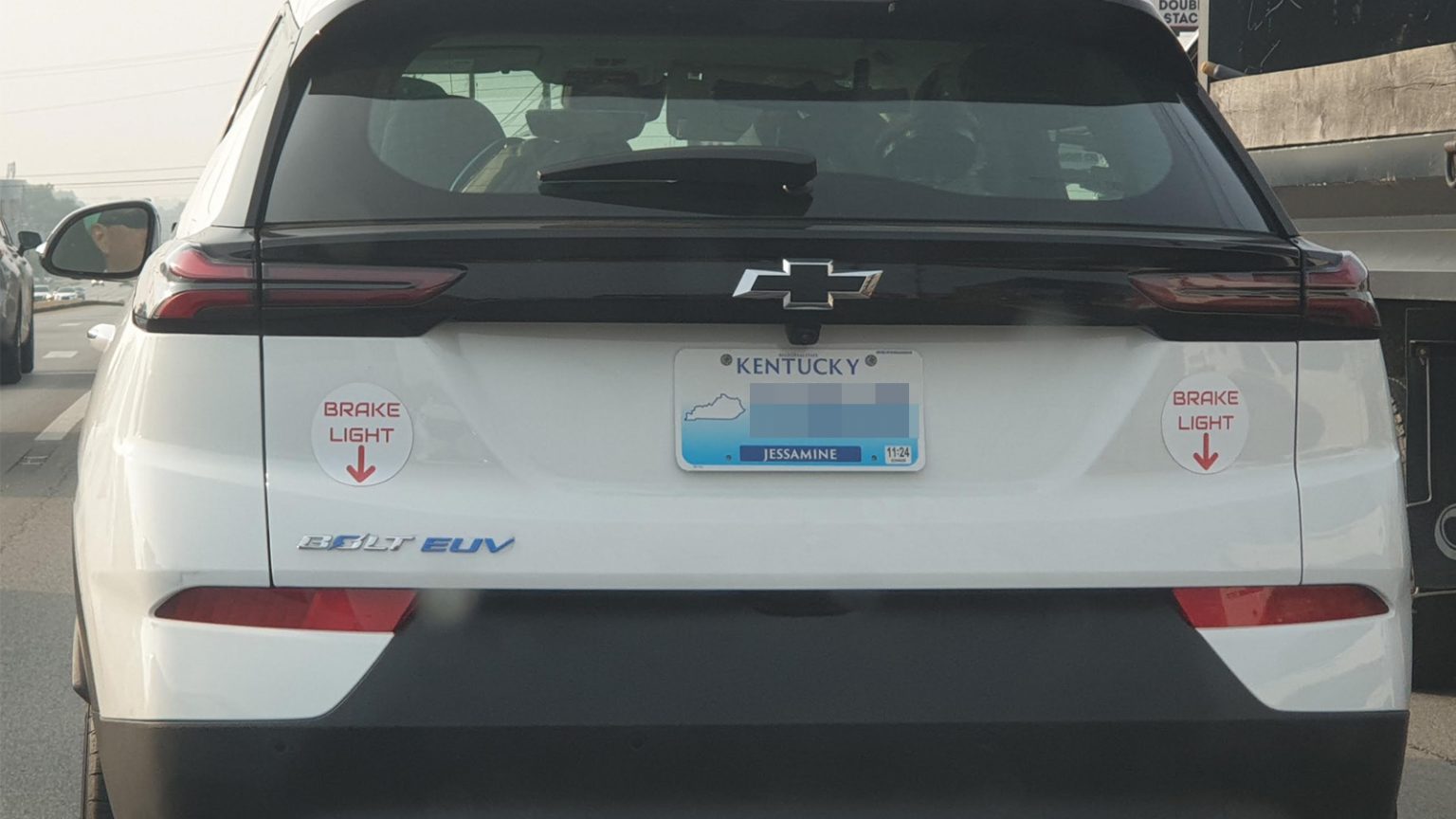
And finally, Thomas mentioned a new Chevy Bolt in today’s Morning Dump, and LTDScott ask’s the number one question:
I want to know if the new Bolt still stupidly has its brake lights down in the bumper.
Have a great evening, everyone!
Top graphic image: Tamiya

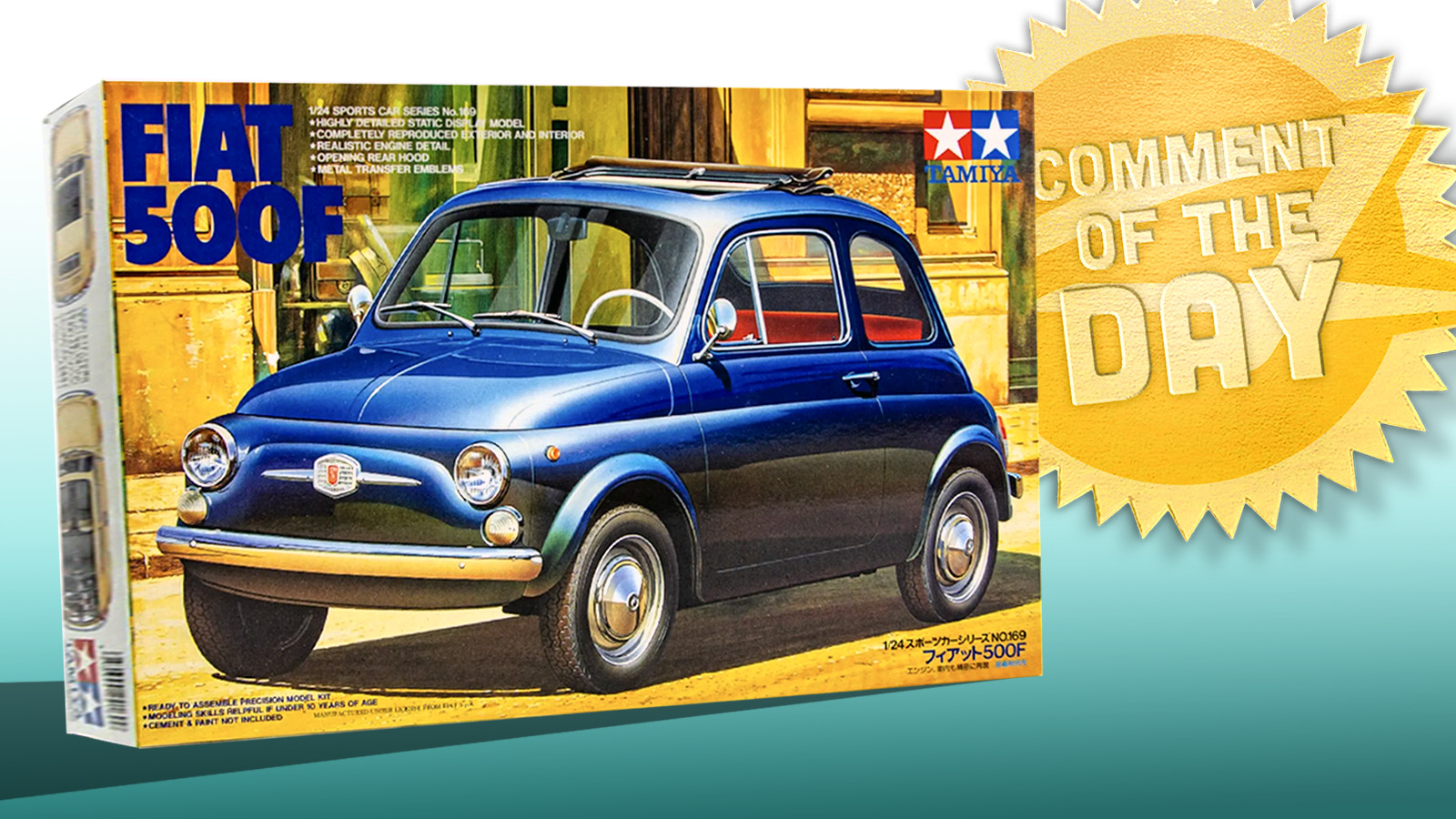



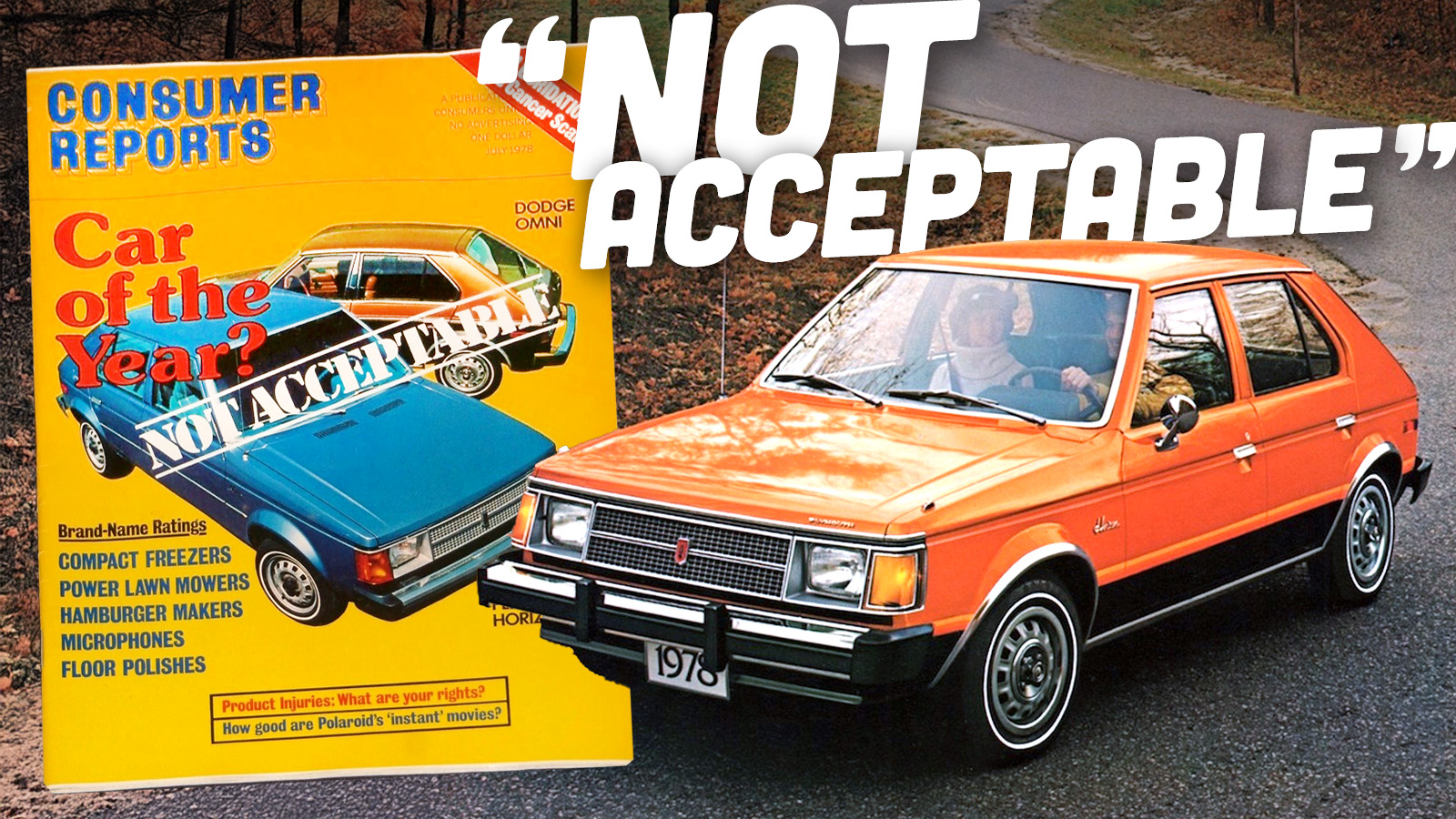

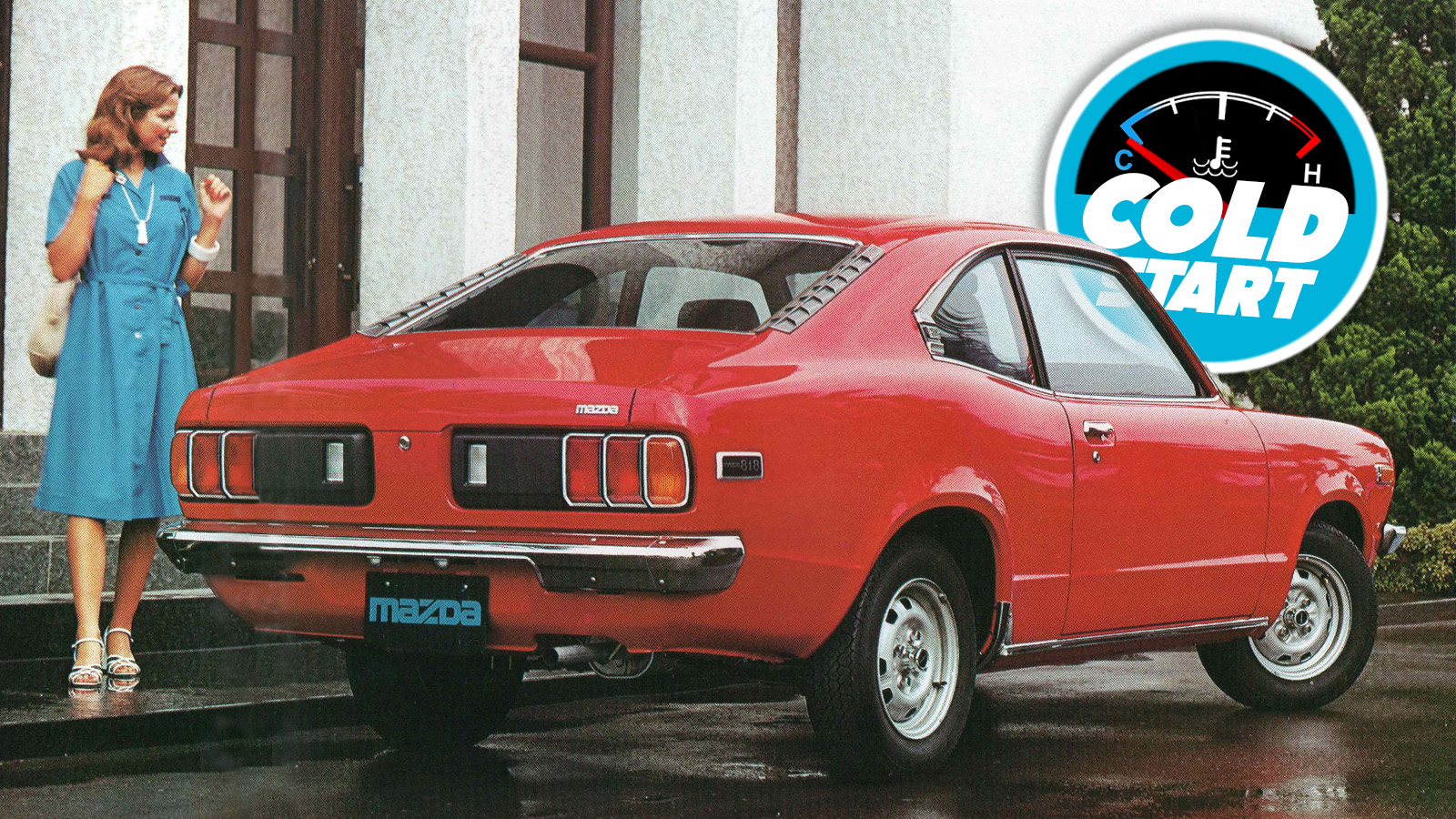
As far as brake lights and their PROPER locations go a manufacturer only has to look at any of the Japanese (quality design) makes and see how they do it, General Motors… Head up their proverbial arses as usual…
Thanks Mercedes! I love that you picked the most Mercedes-esque Tamiya box art (It’s tiny! It’s blue!) for the header pic.
As stupid as brake lights in a bumper… (and I agree they are stupid).
The reason why automakers are doing this is bc on a 5 door, if they put them on the 5th rear hatch door… (where they would look natural), is for cost/safety reasons.
1. Safety: they also have to have a 2nd set of lights inside the frame of the hatch just in case you are on the side of the road with your hatch up, so you still have rear lights to increase the chances passing cars will see you and avoid hitting your car
2. (and likely I’m burying the lead here), 2 sets of lights more expensive than one… regardless that if you ever get in to even a minor fender bender you have a higher chance you will need to replace that bumper cover minimum and also at least one brake light, your insurance will pay for that and the automaker gets to make a bit more coin for selling the parts, it’s a win win (for them).
Newspaper guy here, from the olden times (not that old but still pretty old) when we would print out our copy on paper, stick the paper on a big piece of cardboard with melted wax (yep), and take a picture of that board with a huge “stat camera” for later printing. The cool kids spell it “lede,” which may or may not have something to do with distinguishing it from the word “lead,” the metal used for making letters used in typesetting.
See also “graf” used for paragraph – if you’re writing “tens of thousands of words each week about the cars, motorcycles, planes, and RVs” there’s no time for those extra five characters. And it saves a little space on the internet for Street View pictures of extra-long vehicles.
Both all over The Slack™, I’d bet, where blue pencils are used for editing. Blue pencil doesn’t show up on stat camera photos.
Late 70’s newspaper guy here (then TV news photographer). This production method sounds completely different than what we did. IBM Selectric typewriters with a special ball. It had a delta character. One delta was essentially a back space for a typo. Two deltas erased the previous sentence and three deleted the previous paragraph.
Then a copy editor would go over the copy before it went off to an OCR. Red ink would warn the composer to fix something that we hadn’t.
We had an offset printer in the basement of our building, and I loved the smell of the ink. I eventually got a still photog job at the paper… what I was going for in the first place, but I took the job writing obits and the police beat stuff until that position opened up.
I shot pictures all day long and then spent a couple of hours in the darkroom, processing film and making prints until 10 or 11 at night. Long undercompensated days, but it was a really fun time in my life.
Lateralled over to TV news photography and had a great time doing that as well. A local family-owned station sent me (and others) all over the world. Russia twice, Grenada, Italy, Panama, Honduras, El Salvadore.
I eventually got promoted to supervising my friends and managing the new newsroom computer system that replaced the big font Olympia typewriters the writers and reporters had been using to write their scripts.
That was 25 years ago.
I’m FULLY retired now. And have no regrets about how my career went.
I won an Emmy shooting video of a 7-alarm fire in Cleveland. I got to install or upgrade software at CNN, NBC, MSNBC, CNBC, CBC (Canada), Fox News and so many smaller projects. It was all so much fun. Stressful at times, but I loved what I did and meeting really smart people along the way
In the design phase, automakers tend to think in terms of minimizing their cost to build the thing in the first place. Maximizing profit at the parts counter is the parts operation’s problem (hence $889 pieces of plastic).
The best way to minimize build costs on a car shaped like the Bolt is to have one taillight cluster per side, above the bumpers and alongside the lower hatch opening, with vertically-oriented taillights – the EUV above has plenty of room for them. It’s the cheapest and easiest solution for legal compliance, clarity to following drivers, ease of manufacture and ease of service and repair. You’re right, a second set of taillights costs money, and it costs the same whether it’s in the bumper or under the hatch only to be seen when its’ open.
Whenever you see a 2-box car with horizontal taillights splayed across a clamshell hatch (like on the original Bolt EV), the stylists have won.
Yes, and this makes sense for the first bolts, because there all the lights were in the hatch or bumper, but the refreshed version as seen in the picture above, have lights built into the main part of the car, not just in the hatch, so those could be brake lights and still accomplish what is required.
Except in the case of the Bolt, there are already lights on the back liftgate *and* on the bumper. GM totally could have programmed the lights in the liftgate to be brake lights like most normal vehicles and the ones in the bumper could be the redundant ones which only work when the liftgate is open.
Australian Design Rules stipulated that the taillamps must be visible at an opposite angle when the spare tyre is attached to the tailgate or hatchback. Thus, second set on the bumpers.
Congrats DialMforMiata, that was a great story. Thanks for sharing!
I didn’t know Tamiya made a model of a kit car. Interesting. The circle is complete!
Yup, I considered it good practice for if I ever find the room for a full-size Caterham!